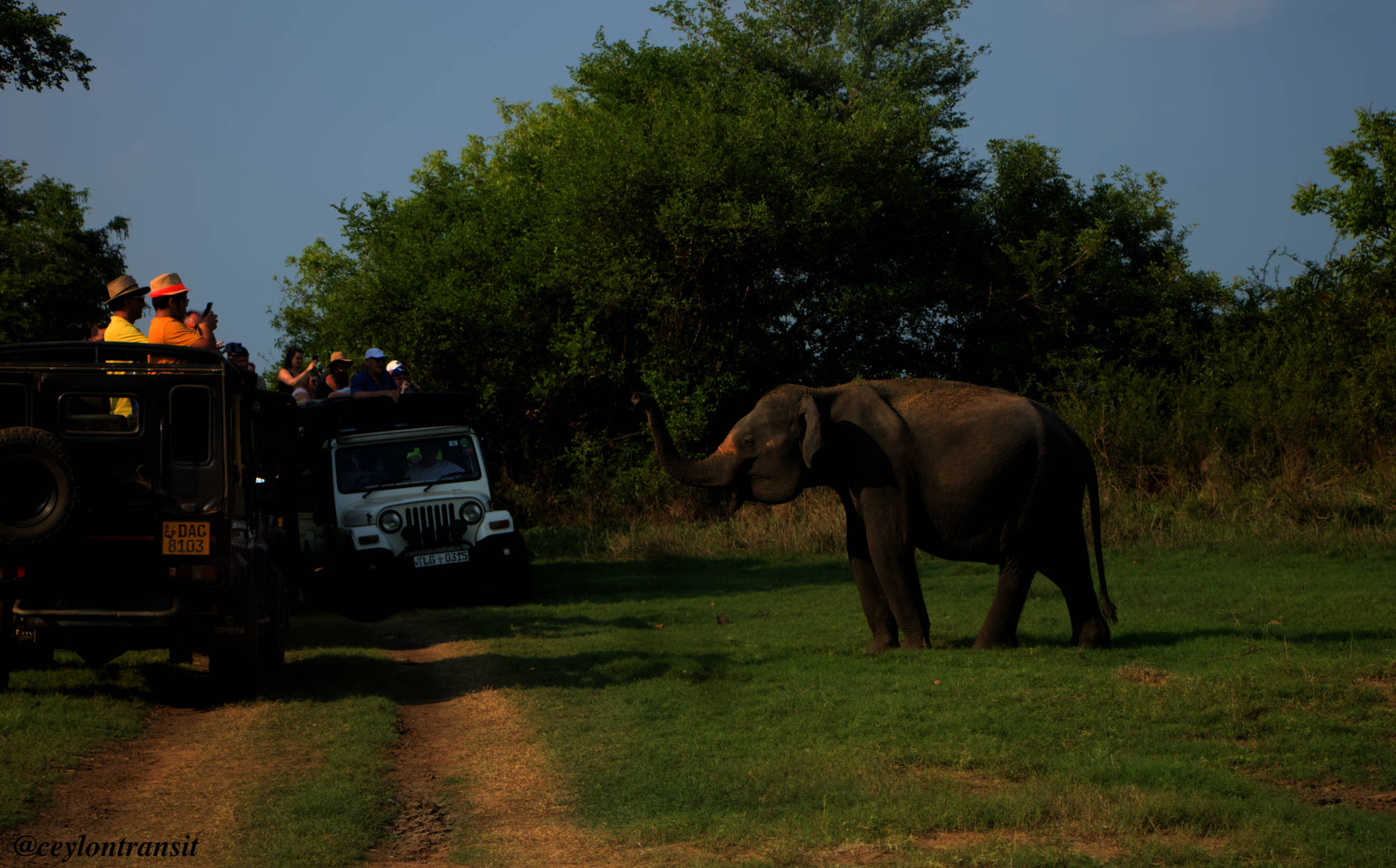
Exploring Hurulu Forest Reserve: A Hidden Gem for Nature Lovers and Wildlife Enthusiasts
Hurulu Forest Reserve, located in the heart of Sri Lanka, is a true natural treasure that showcases the island’s rich biodiversity and stunning landscapes. Designated as a biosphere reserve in January 1977, this vital protected area is one of Sri Lanka’s best-kept secrets, offering an ideal destination for eco-tourism, wildlife enthusiasts, and nature lovers alike.
What Makes Hurulu Forest Reserve Special?
Hurulu Forest Reserve is a vital habitat for numerous endangered species, including the majestic Sri Lankan elephant. This dry-zone evergreen forest represents Sri Lanka’s unique dry evergreen forests, home to an incredible array of flora and fauna. It is not only a haven for wildlife but also plays an essential role in maintaining the ecological balance in the region.
The Hurulu Forest Reserve is surrounded by several other important protected areas, enhancing its ecological significance. These include the Ritigala Strict Nature Reserve, Minneriya-Girithale and Mahaweli Flood Plains Nature Reserves, Wasgamuwa National Park, and the Kahalla-Pallekele Sanctuary. The proximity of these reserves creates a network of ecosystems that support a diverse range of species.
One of the highlights of the area is the Hurulu Eco Park, which offers visitors the chance to explore the forest reserve on thrilling jeep safaris. This eco-park is an excellent way to observe wildlife in its natural habitat, offering an immersive experience of Sri Lanka’s natural beauty.
Physical Features of Hurulu Forest Reserve
Hurulu Forest Reserve enjoys a tropical climate with an annual mean temperature of 27.3 °C. The area receives an average of 1,600 mm of precipitation per year, making it a rich environment for plant and animal life. However, a distinct dry season stretches from April/May to September, with little rainfall during these months. The elevation of the reserve ranges from 90 m to 150 m above sea level, adding to its varied topography and diverse habitats.
Flora of Hurulu Forest Reserve
The flora of Hurulu Forest Reserve includes a variety of dominant tree species that play a critical role in the forest ecosystem. Notable species include Chloroxylon swietenia (known as “Burutha”), Manilkara hexandra (or “Palu”), and Diospyros ebenum (“Kaluwara”). These trees are essential for maintaining the habitat for wildlife and contribute to the region’s lush greenery.
Wildlife of Hurulu Forest Reserve
Hurulu Forest Reserve is home to an incredible range of wildlife, making it one of the top wildlife reserves in Sri Lanka. Among its diverse fauna, you’ll find Sri Lankan elephants, the island’s iconic species, which roam freely through the forest. The Sri Lankan leopard, an endangered species, also calls Hurulu home, along with the rusty-spotted cat and the Indian star tortoise.
Birdwatchers will be delighted to spot the Sri Lanka junglefowl, Sri Lanka’s national bird, as well as other exotic species that thrive in this protected environment.
Conservation and Importance of Hurulu Forest Reserve
As a biosphere reserve, Hurulu Forest Reserve is not just a sanctuary for wildlife but also a vital component of Sri Lanka’s conservation efforts. It plays an essential role in preserving the island’s ecological diversity, and the protection of its habitat is crucial for the survival of many endangered species. Efforts to conserve the forest reserve include sustainable eco-tourism practices, such as the jeep safaris in the Hurulu Eco Park, which provide a responsible way for visitors to experience the area without damaging its delicate ecosystem.
Visiting Hurulu Forest Reserve
Whether you are an eco-tourist looking to explore Sri Lanka’s natural wonders or a wildlife enthusiast eager to observe rare species, Hurulu Forest Reserve offers a once-in-a-lifetime experience. With its unique blend of flora, fauna, and breathtaking landscapes, it is no wonder that Hurulu is considered one of the best nature reserves in Sri Lanka.
Plan your visit today to discover the untamed beauty of Hurulu Forest Reserve and contribute to its ongoing conservation efforts!


